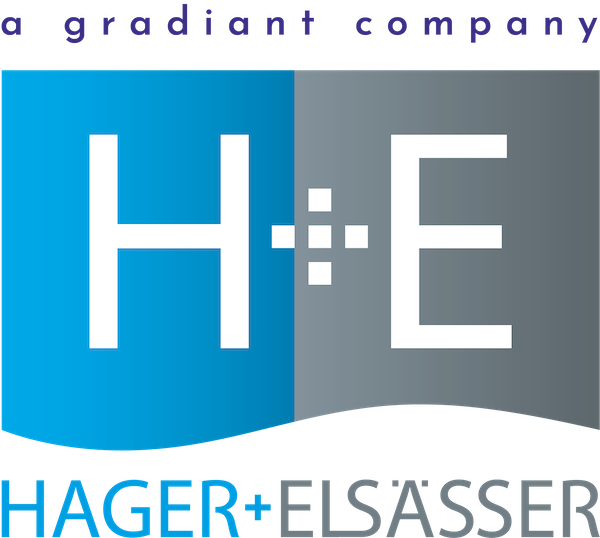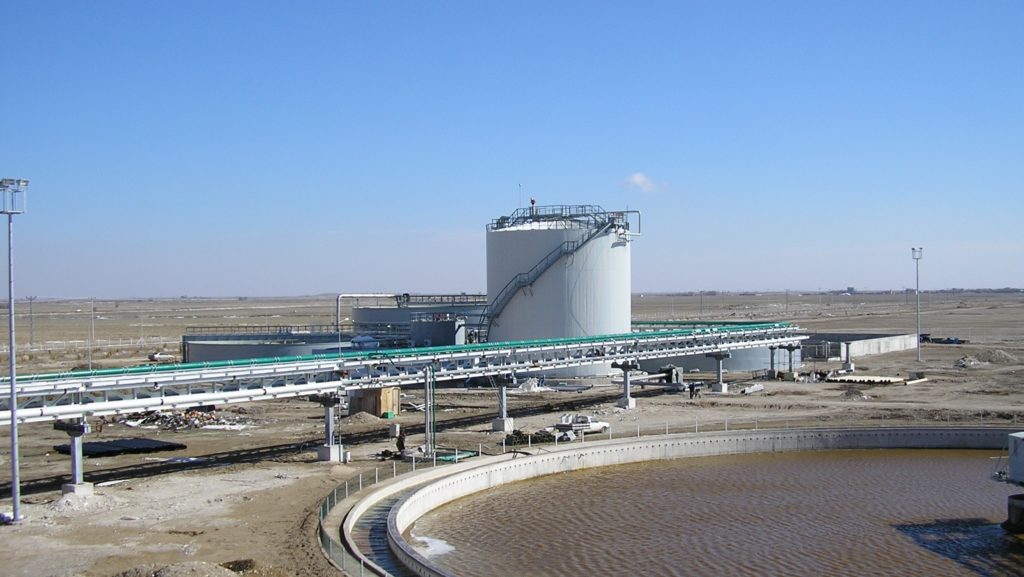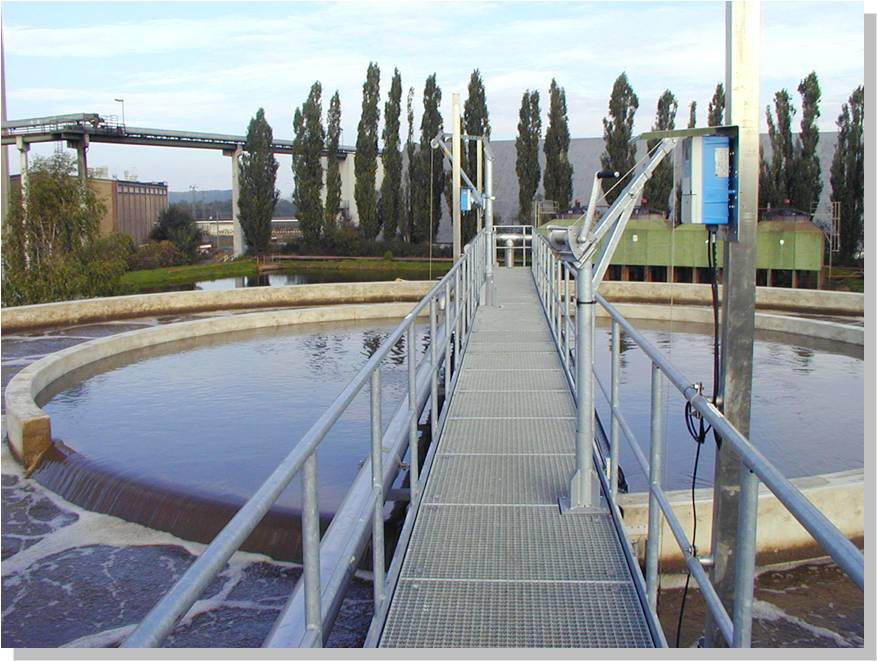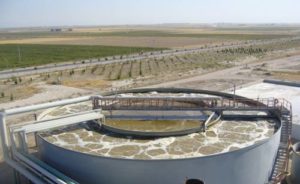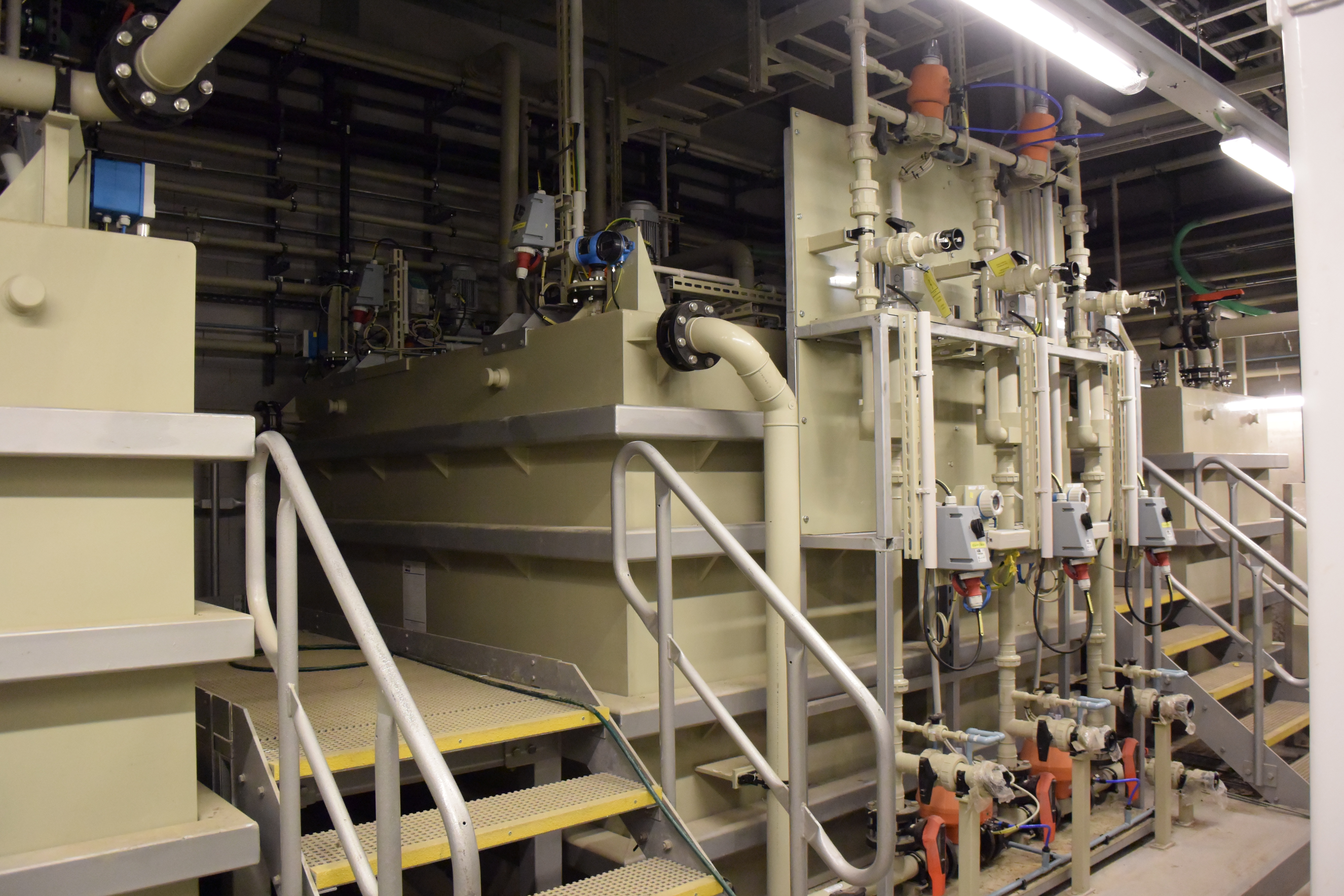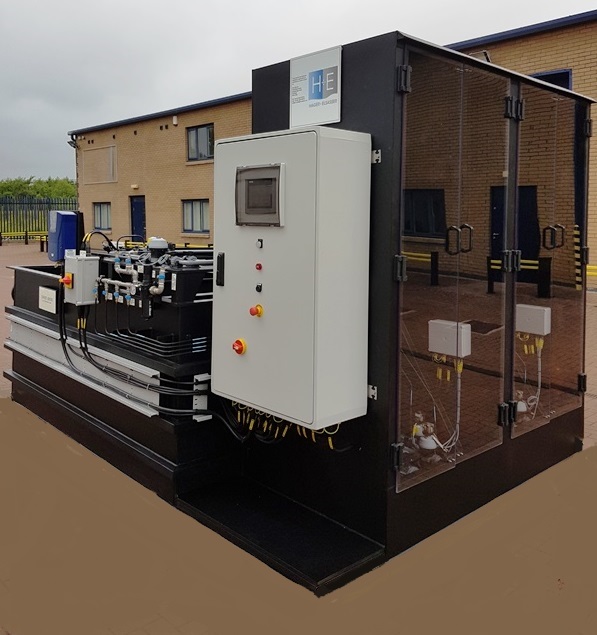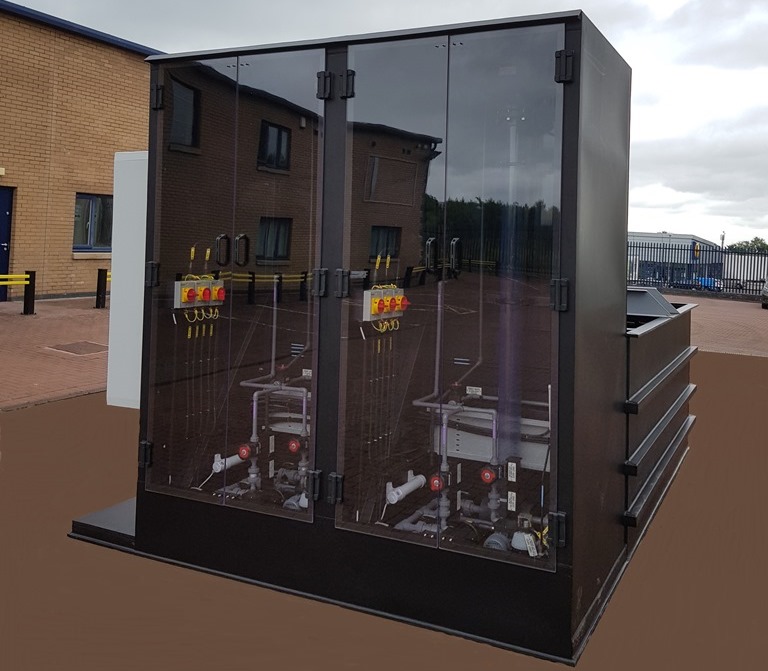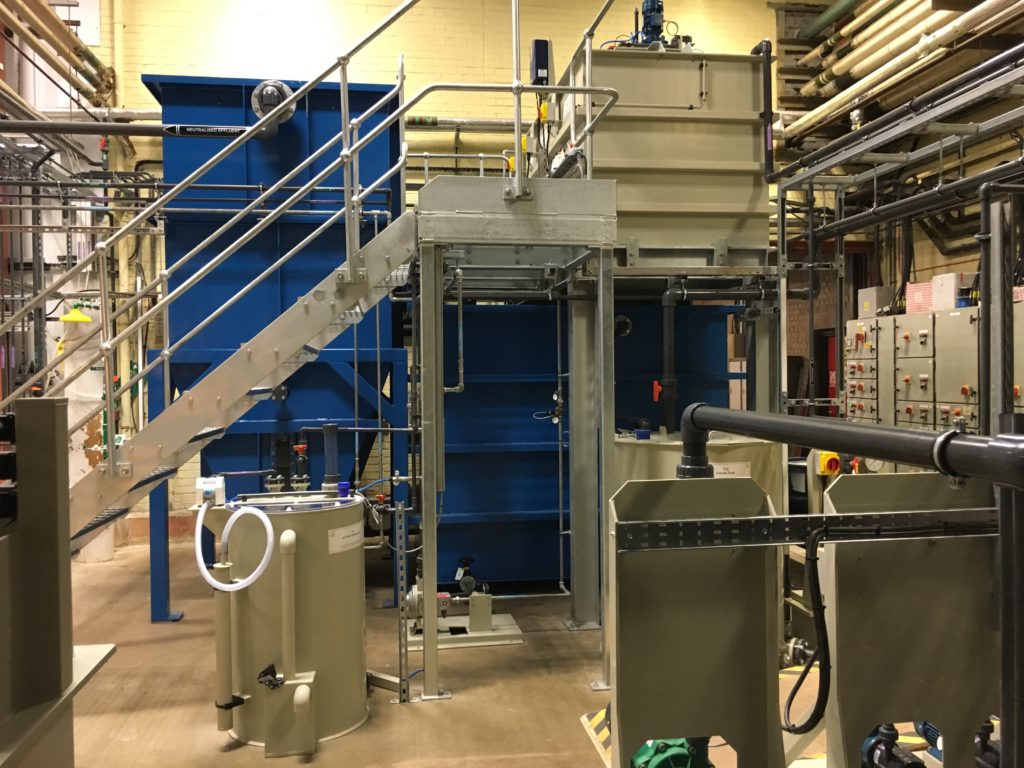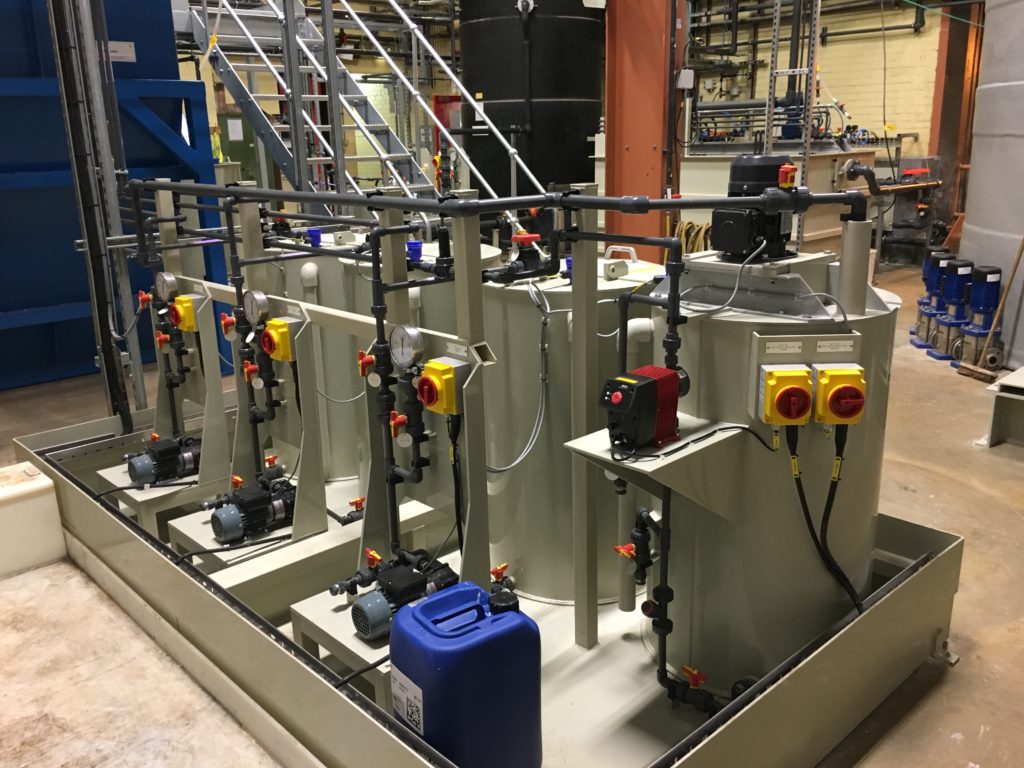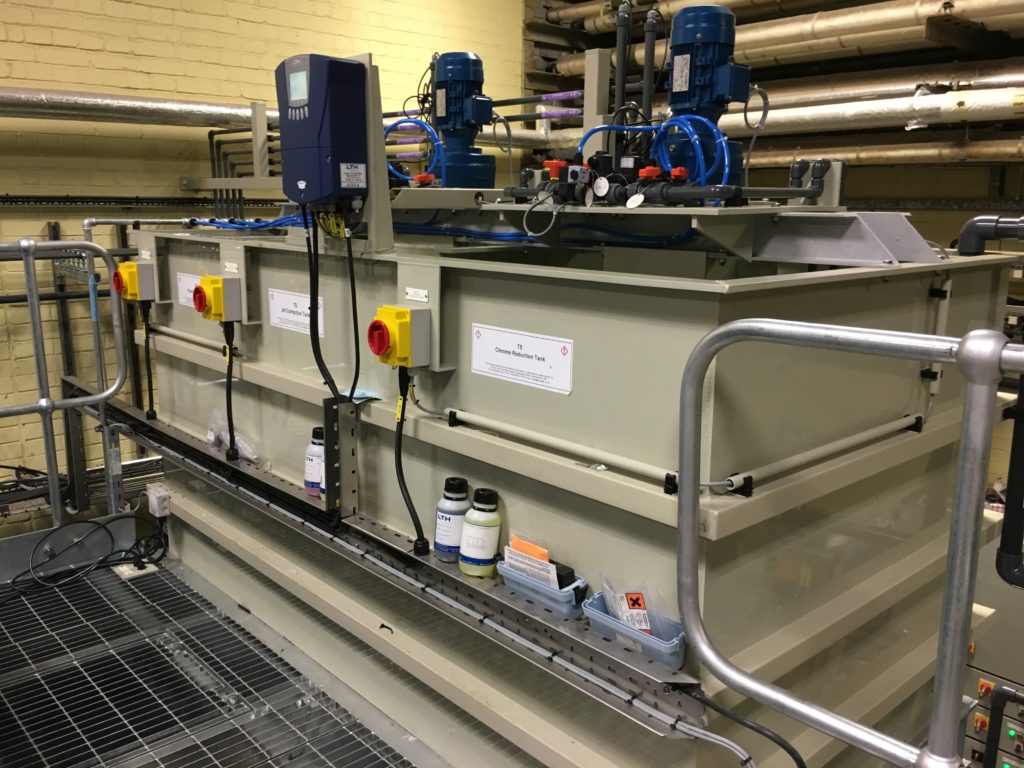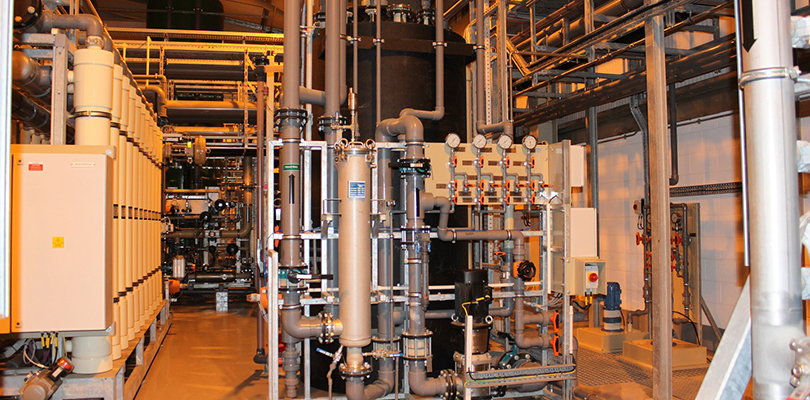H+E, one of the leading international providers of industrial process and wastewater treatment recently supplied a complete wastewater treatment for a sugar producer in Croatia.
We have designed and built more than 40 treatment systems for sugar production worldwide. This includes plants in Lithuania, Egypt and Chile.
H+E therefore has a huge amount of experience with the rather unusual requirements of this type of wastewater.
The sugar industry uses flume water circuits for the cleaning of the delivered sugar beet. Many companies add lime to the water, the so-called “alkaline” mode of operation. This reduces odour pollution, improves the settleability of the washed-off soil and reduces corrosion in the pipelines, thereby also minimising maintenance costs.
But using lime also results in wastewaters with high calcium content and a strong tendency to precipitate lime-containing solids. These precipitates lead to extensive operational problems in anaerobic wastewater treatment. They also clog the membrane aerators in aerobic wastewater treatment. This considerably reduces the capacity of the treatment plant.
H+E’s Custom-Designed Solutions
H+E solutions to these problems were specifically developed to deal with the issues resulting from the use of lime in sugar industry wastewater. These technological innovations include ANAFIT®.CS, one of the water treatment solutions from our ANAFIT® product range. Based on the anaerobic contact sludge process, ANAFIT®.CS is a reliable, proven and effective process for the treatment of the calcium-rich, organically highly loaded wastewaters from the sugar industry.
H+E also offers other process technologies for wastewater from the sugar industry: For example, the BIOFIT®.N treatment for nitrification/denitrification in an aerobic stage. Here, we use H+E’s own specially developed aerators. Even at high calcium concentrations, they reliably supply oxygen for years without requiring any maintenance.
In Croatia, industrial companies have faced stricter quality requirements in recent years following accession to the EU. Due to this, the client decided to invest in a new treatment plant including anaerobic and an aerobic stages. We arranged a visit to a nearby reference plant. This helped to convince the customer of our experience and expertise.
Subsequently, the International Sugar Journal published an article about this project. You can download that article here.
